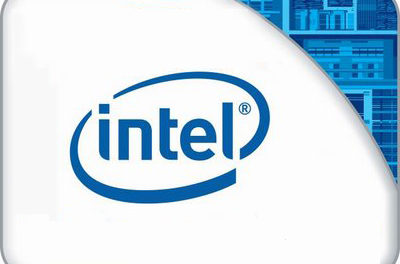
The VIA C7 family is very promising!
We’re just a few days away from VIA Esther’s core processors our first news on its one-year anniversary, and the first copies are already arriving!
Seriously, VIA has been moving rather slowly lately with its otherwise very promising developments. THE As C7 the product line on the market should have been on the market for a long time, but it’s better to be late than ever, so let’s see what we can expect.
Equipped with 128 KB first-level and 256 KB second-level caching, the CPU uses an 800 MHz system bus, supports the SSE, SSE2, and SSE3 multimedia instruction sets, and birds chirping that a clock signal of around 2 GHz can be expected from it. This would be a huge step forward, as VIA products to date have been around 1,00-1,30 GHz, and yet they are still used with great success in many areas to this day.
Built at IBM's 90-nanometer bandwidth plant, the C7 continues to align with VIA's strategy: enough power for many things with incredibly low power consumption and heat generation. The Silicon On Insulator technology used in AMD's eighth generation processors, among others, is extremely helpful in creating energy-saving solutions, such as the VIA C7's core of around 30 square millimeters consumes 0,1 (!) W at idle, while at full load, 2 At GHz, you can expect up to 20 W. Fortunately, the C7 is also being made an ultra-low-power version: the 1,80 GHz edition is already capable of up to 15 W and the 1,50 GHz up to 12 W.

 The C7-M supports VIA's security suite called PadLock Hardware Security Suite, which also includes support for the widely used anti-virus and anti-worm NX bits. In addition, support for Montgomery Multiplier encoding and secure Hash algorithms (SHA-1 and SHA-256) that support RSA encoding can be very useful for many target systems. The PadLock Data Encryption Engine is the world's first hardware random number generator built into the processor and can play an important role in encryption and data protection.
The C7-M supports VIA's security suite called PadLock Hardware Security Suite, which also includes support for the widely used anti-virus and anti-worm NX bits. In addition, support for Montgomery Multiplier encoding and secure Hash algorithms (SHA-1 and SHA-256) that support RSA encoding can be very useful for many target systems. The PadLock Data Encryption Engine is the world's first hardware random number generator built into the processor and can play an important role in encryption and data protection.While it's certainly unbelievable to many, some supercomputers are based on VIA's C3s used so far, because while it performs quite poorly compared to a single C3's competitors, its consumption and heat output are so much lower that in many cases it's worth connecting more than half a thousand C3s. - or one third of the stronger specimens. It won't be any different with the C7s, only this time we can expect a one-scale higher performance.

Enclosing the C7 NanoBGA can fly the x86 processor into unprecedented areas
Although we cannot provide official test results yet, we can draw very interesting conclusions from the VIA graph below. While, of course, they want to draw attention to themselves in terms of power per watt, we can count on a few counts that the VIA C7 family can be quite strong compared to now, as based on the C7 20 and Pentium M 25 W consumption, it could easily be, for example, the performance of a Celeron M is also brought by the VIA product. And that's enough for a general-purpose computer, and it would be a huge improvement over the company's previous competitors.

The most important part of the news remained to the end: mass production of the VIA C7 family will begin in June.













